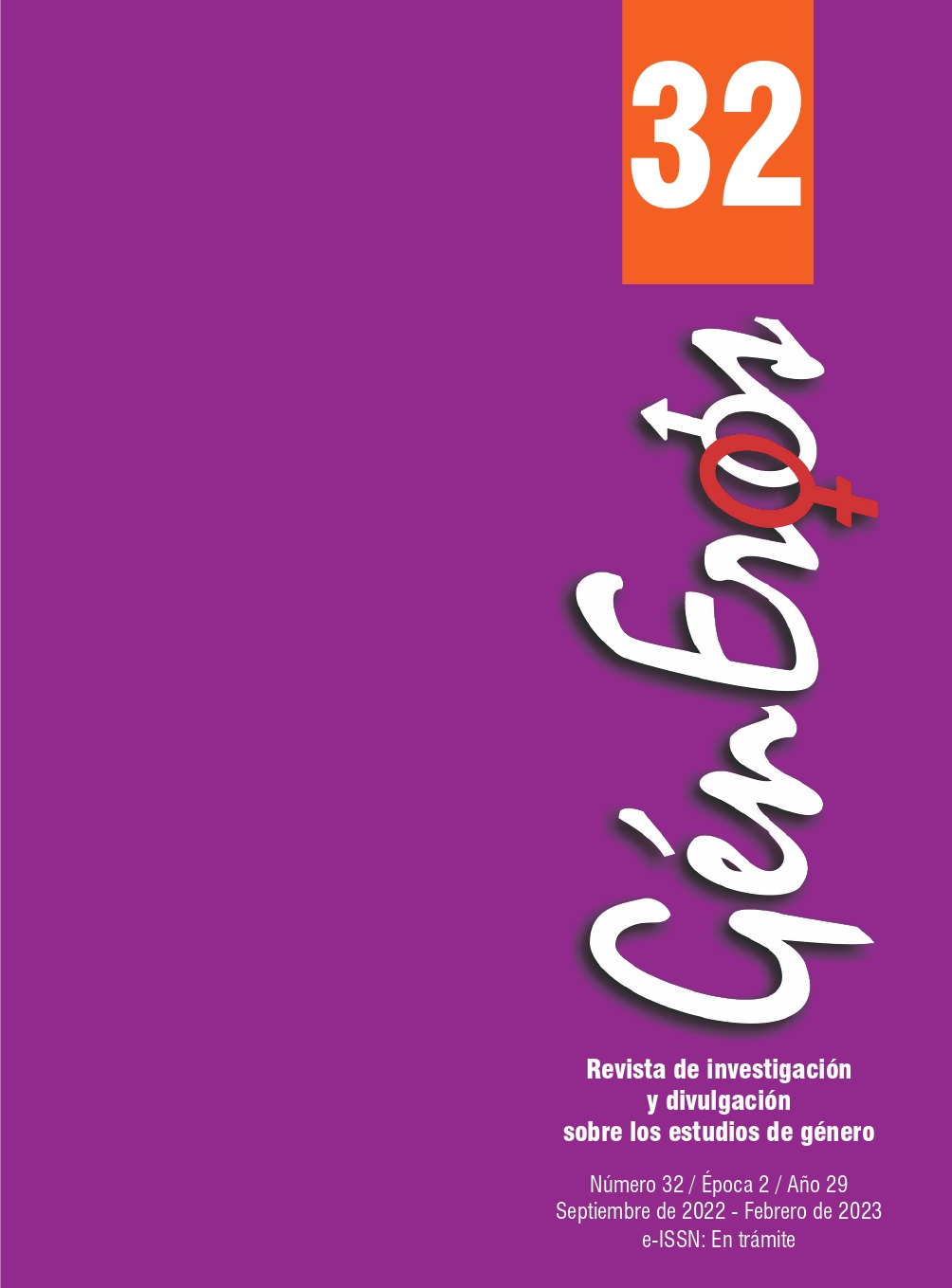The transvestites of Saint Michel
Keywords:
homoerotic, marginal, micronovel, transvestites, violentAbstract
The purpose of the article is to read Saint Michel (2012) by Gabriela Aguilera. The book introduces transvestites as
homoerotic, violent, and marginal subjects. We consider some theories about the literary character that will help us detect the frequent strategies of their characterization in the micronovel. To this end, we will use an inductivedescriptive method based on classification and exemplification. In addition, through textual analysis, we examined many characters in Saint Michel, and among so many, we identified that some have played a more important role than others. On the other hand, we observed the different romantic and enthusiastic relations between them, derived from the prison world in which they live. The text concludes that for the life of transvestites,
inside or outside the prison, is violent, tragic, and miserable because when they express their gender identity or sexual
orientation, the ‘machista’ society in which we live does not respect the rights of freedom and equality for all people before the Law.
Downloads
Metrics
References
Aguilera, G. (2012). Saint Michel. Santiago de Chile: Editorial Asterión.
Bettelheim, (1994). Psicoanálisis de los cuentos de hadas. Barcelona: Grijalbo Mondadori
Cuenca, M. J. y Hilferty, J. (1999) Introducción a la Lingüística Cognitiva. Barcelona: Editorial Ariel, S.A.
Dirección General de Políticas Integrales de Diversidad Sexual y Programa Nacional de Educación Sexual Integral. (2020). Clase Nro.2: La diversidad sexual. La ESI en la escuela: Derechos y diversidad sexual. Argentina: Ministerio de Educación.
Foucault, M. (1991). El sujeto y el poder. Bogotá: Carpe Diem Ediciones.
Lagmanovich, D. (2006). El microrrelato. Teoría e historia. Palencia: Menoscuarto.
Luckács, G. (1963). La théorie du roman. Paris: Éditions Gonthier.
Propp, V. (1971). Morfología del cuento. Madrid: Fundamentos. Traducción a cargo de María Lourdes Ortiz. Morfologija skazki, Leningrado, 1928, col. Voprosy poetiki, núm. 12, Gosudarstvennyj institut istorii iskusstva.
Reyes, G. (1984). Polifonía textual. Gredos: Madrid.
Sarraute, N. (1965). L’ére du soupcon. Paris: Gallimard.
Todorov, T. y. Ducrot, O (1983). Diccionario enciclopédico de las ciencias del lenguaje. Traducción a cargo de E. Pezzoni. Madrid: Siglo XXI.
Sitios Web:
Aguilera, G. (2013). El derecho al placer es un derecho humano. Entrevista por Gonzalo Hernández. Consultado el 1 de diciembre de 2020. Disponible en https://www.letrasdechile.cl/home/index.php/entrevistas/1220-gabriela-aguilera-el-derecho-al-placer-es-un-derecho-humano.html
Darío, R. (1998). Prosas profanas y otros poemas. [Nota preliminar: edición digital a partir de la edición de París, Viuda de C. Bouret, 1901, y cotejada con las ediciones de Ignacio M. Zulueta, Madrid, Castalia, 1983, y Ricardo Llopesa, Madrid, Espasa, 1998. Consultado el 1 de diciembre de 2020. Disponible en http://www.cervantesvirtual.com/obra-visor/prosas-profanas-y-otros-poemas--0/html/fedc2602-82b1-11df-acc7- 002185ce6064_2.html#I_5_
Ortega y Gasset. (1963). Estudios sobre el amor. Antología. Madrid: Editorial Plenitud, Madrid. Consultado el 20 de noviembre 2020. Disponible en http://www.cashflow88.com/Club_de_lectura_UTB/Ortega-Y-Gasset-Estudios_Sobre_El_Amor.pdf
Rodríguez, N. (2013). Cárcel, poder y fragmentación en Saint Michel, de Gabriela. Cuestiones de Filosofía No. 15, pp.199-222. Disponible en https://revistas.uptc.edu.co/index.php/cuestiones_filosofia/article/view/2110
Vásquez R. (2018). Hacia una aproximación a la micronovela en la literatura hispanoamericana actual. Microtextualidades. Revista Internacional de microrrelato y minificción. No. 4, pp. 139-15. Consultado el 23 de octubre de 2020. Disponible en https://revistas.uspceu.com/index.php/microtextualidades/article/view/138/94
Downloads
Published
How to Cite
Issue
Section
License

This work is licensed under a Creative Commons Attribution-NonCommercial-ShareAlike 4.0 International License.
GénEroos Magazine allows you to share, copy and redistribute the material in any medium or format; adapt, remix, transform and build upon the material, crediting the work appropriately and providing a link to the licence, indicating if changes have been made.








